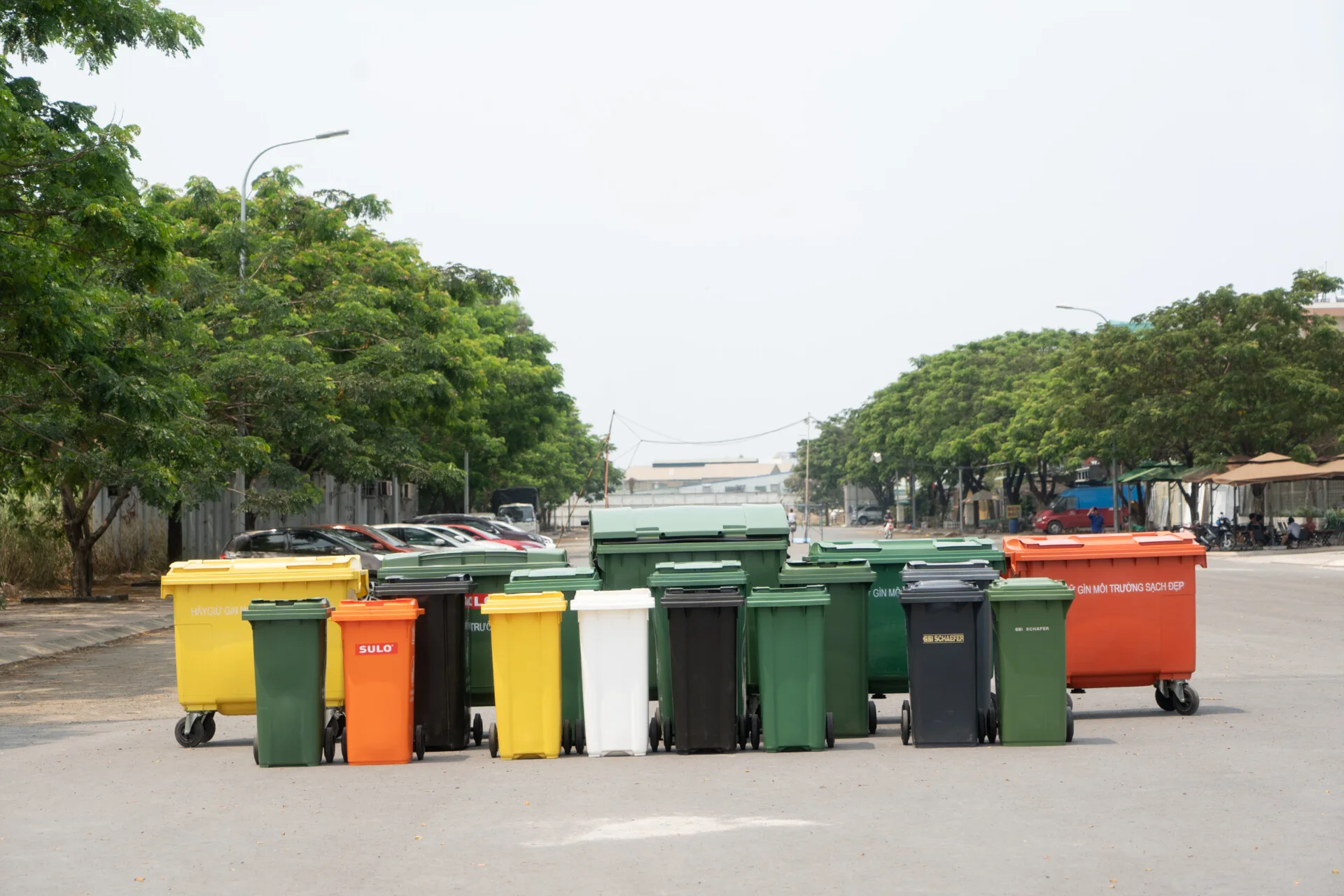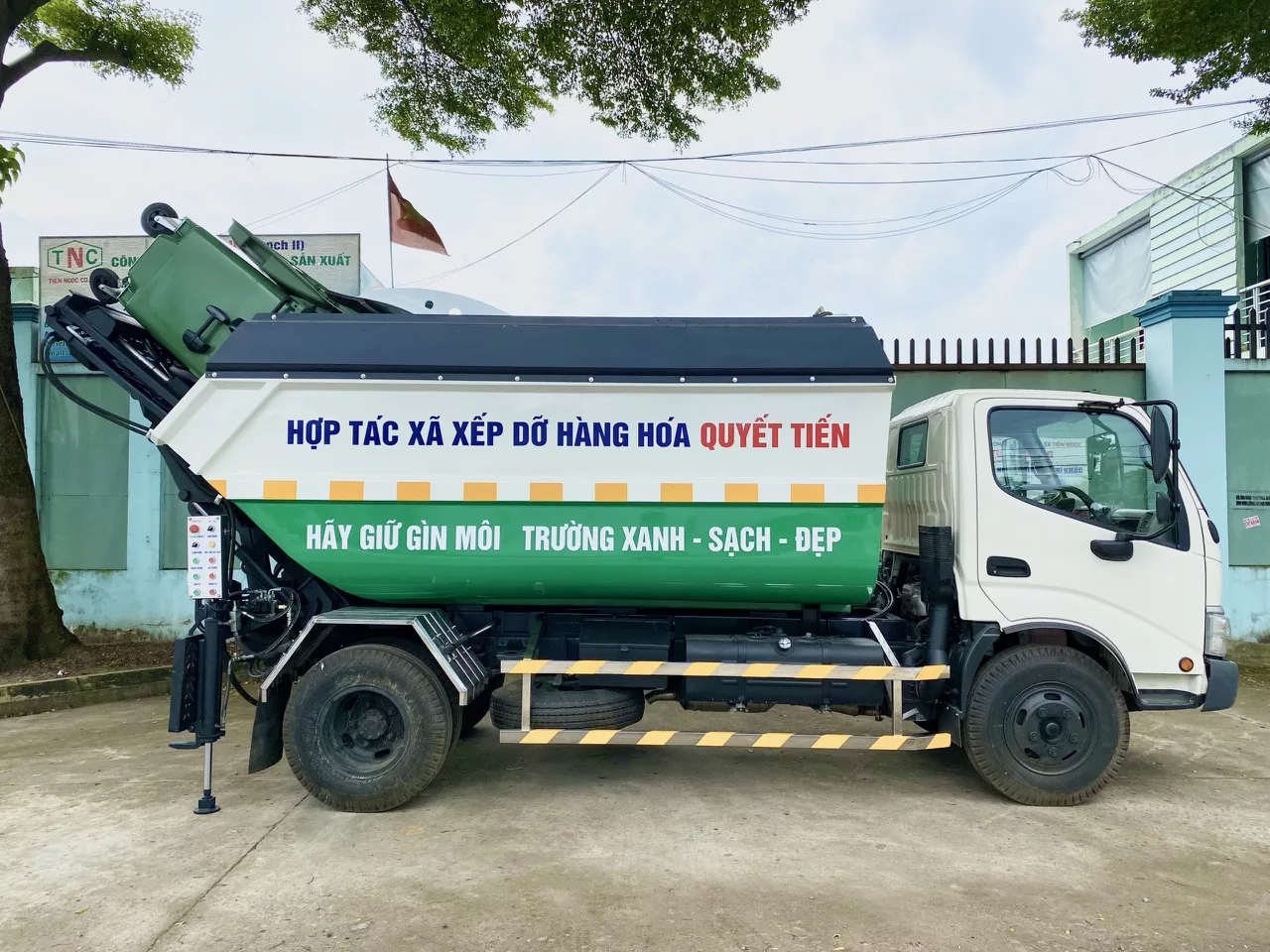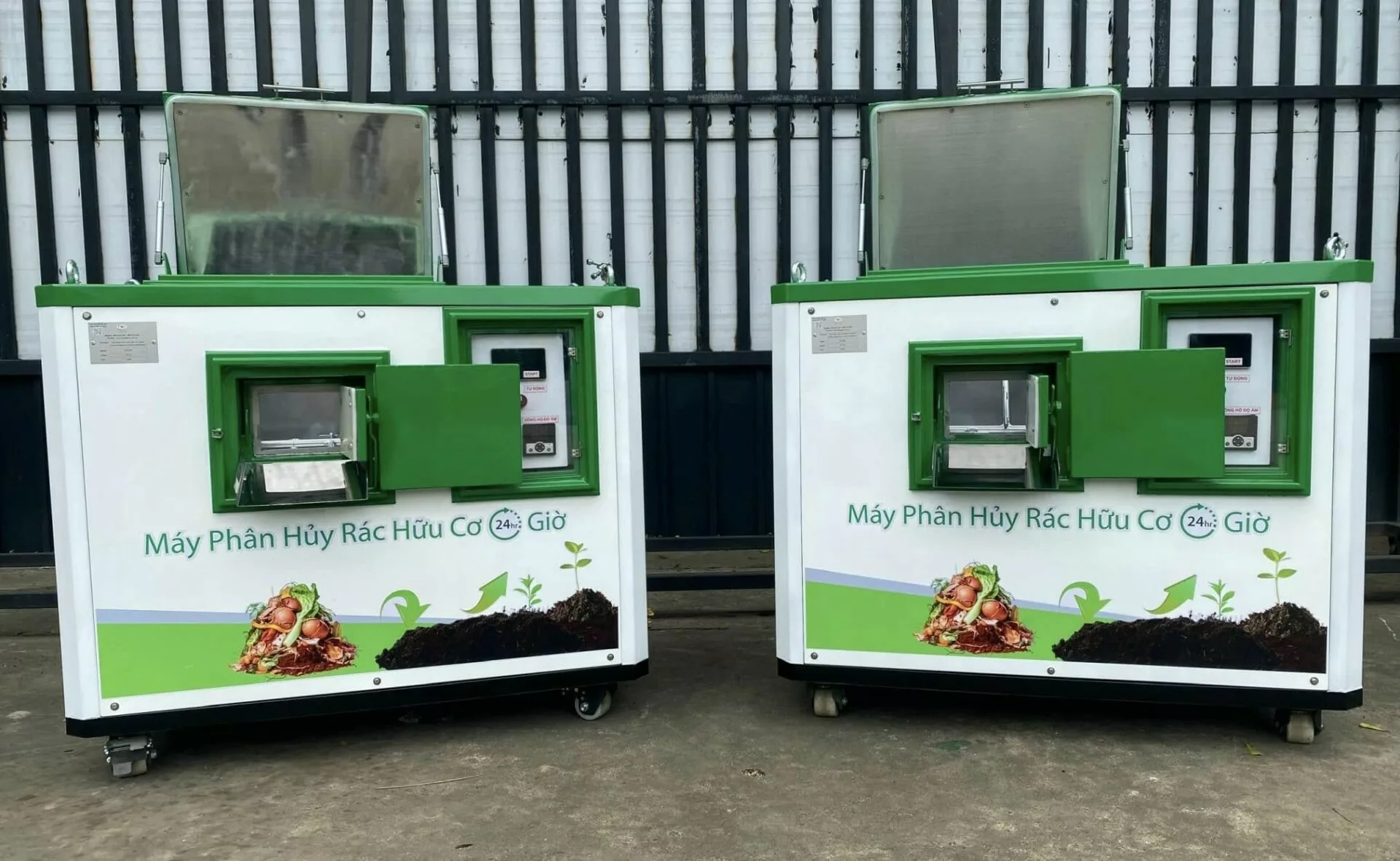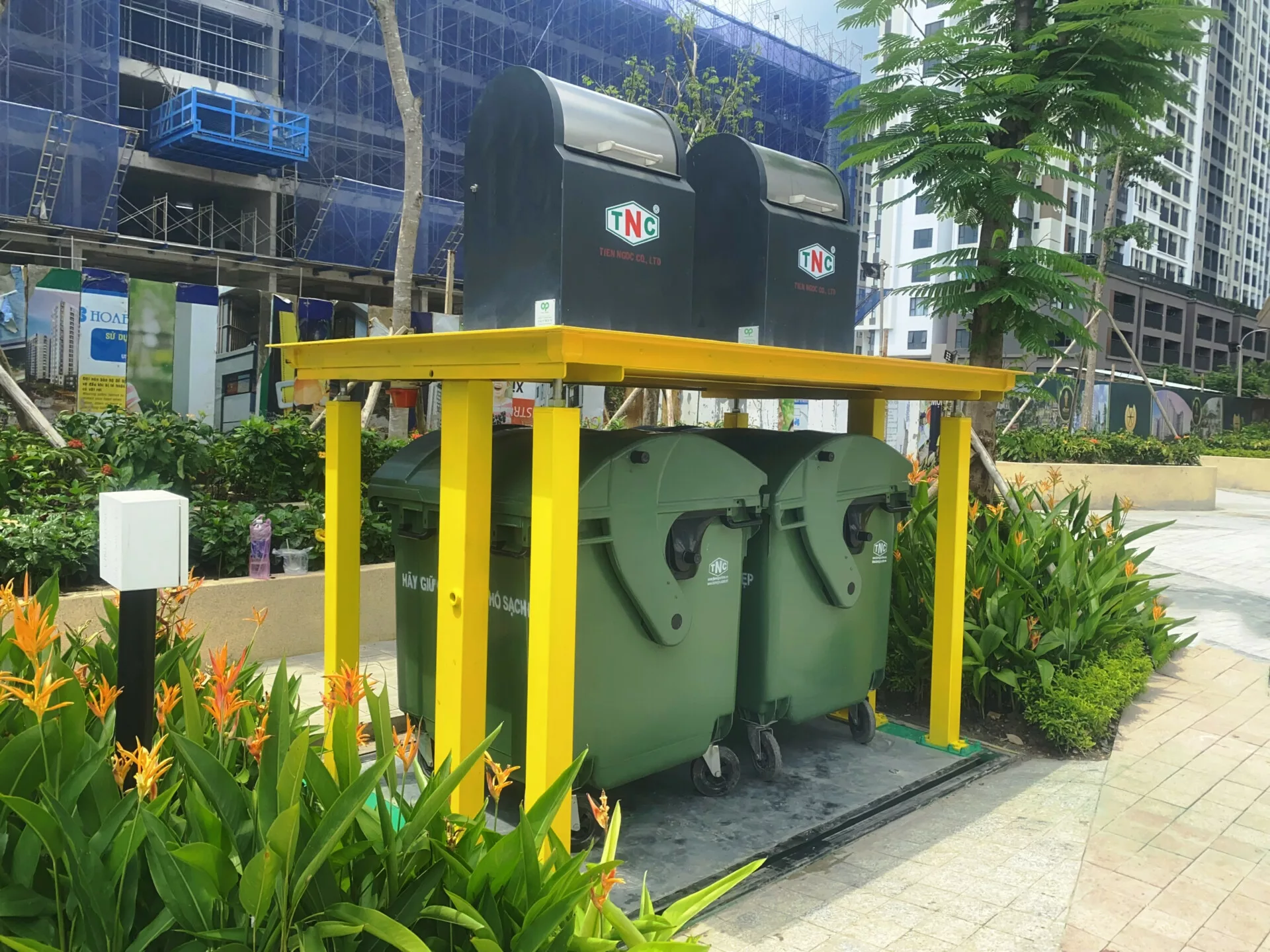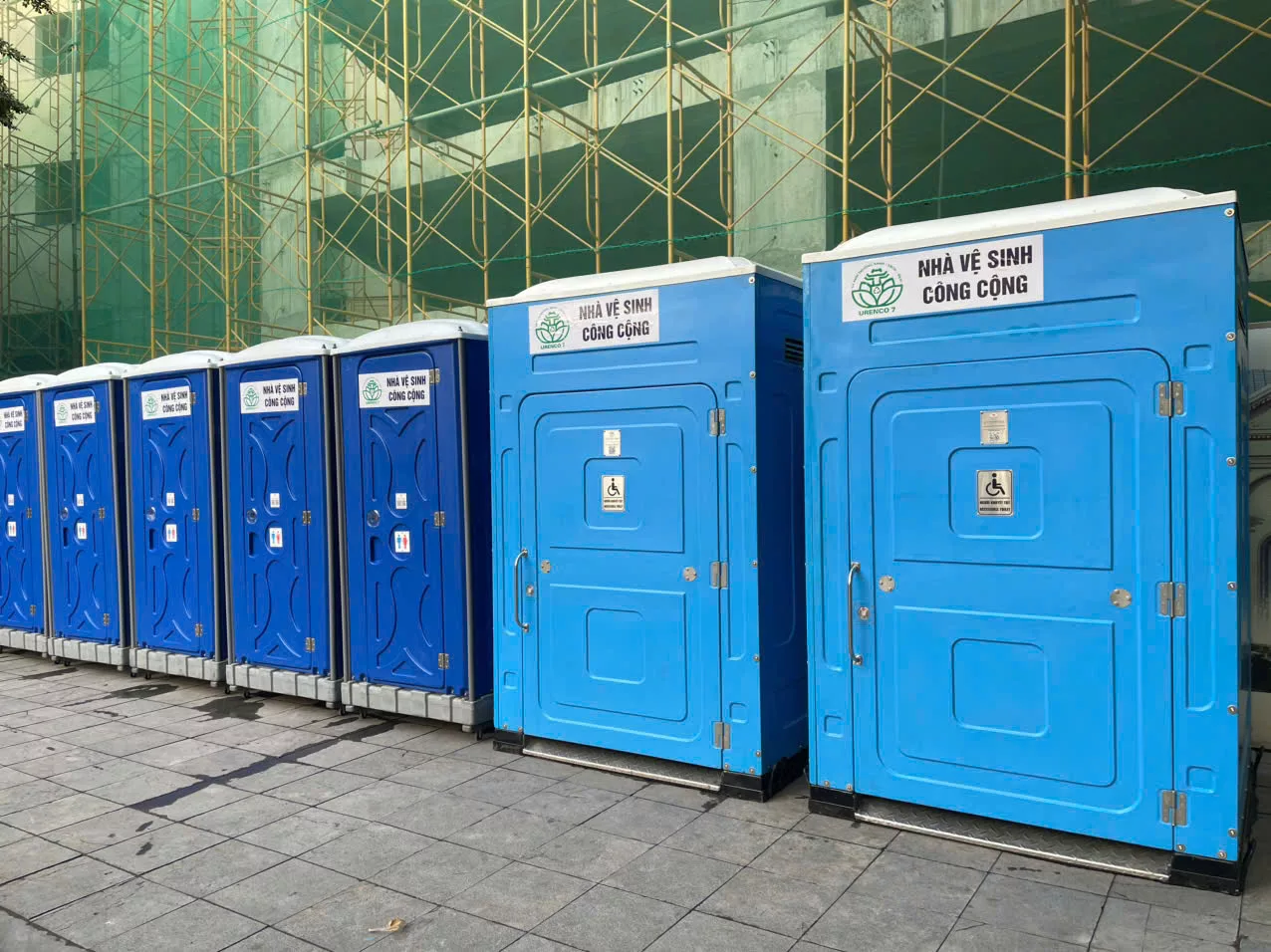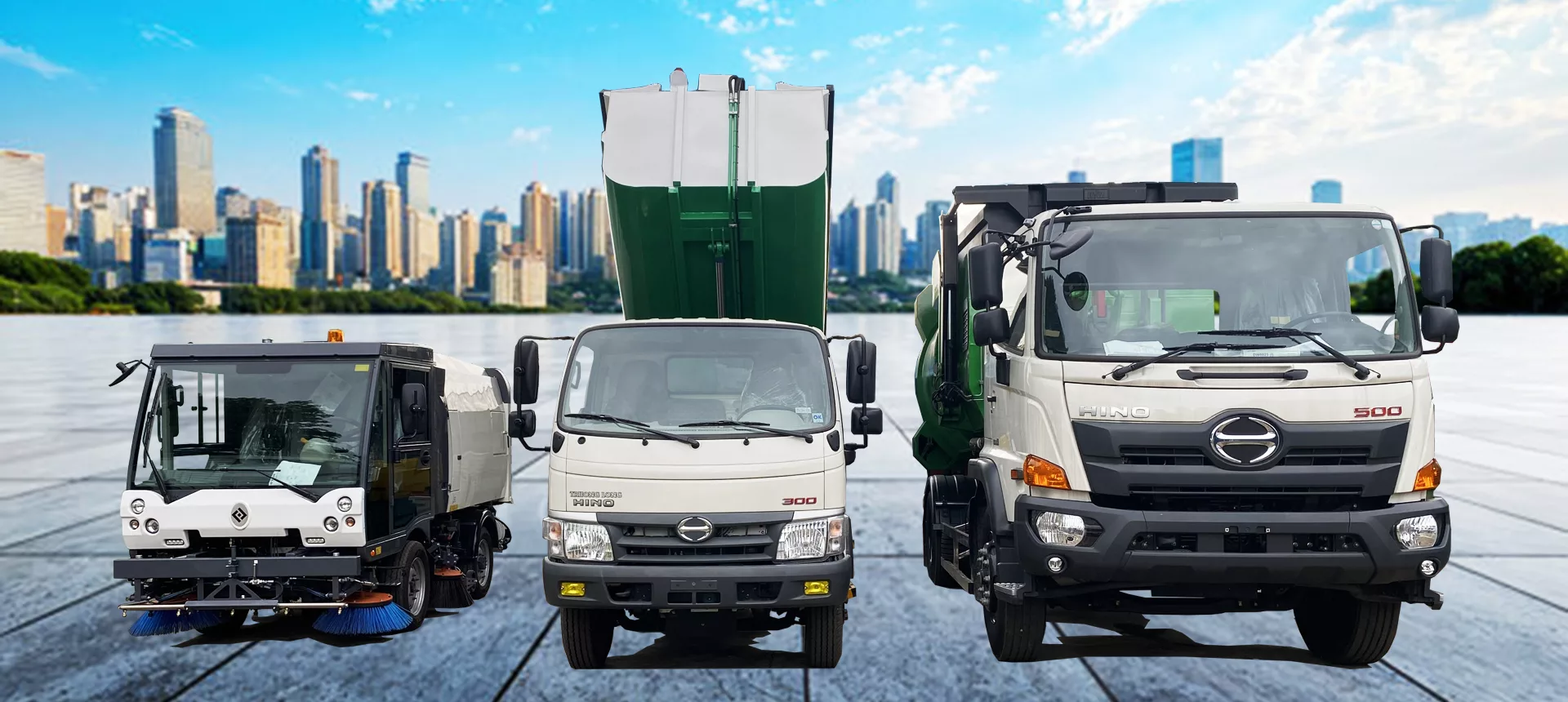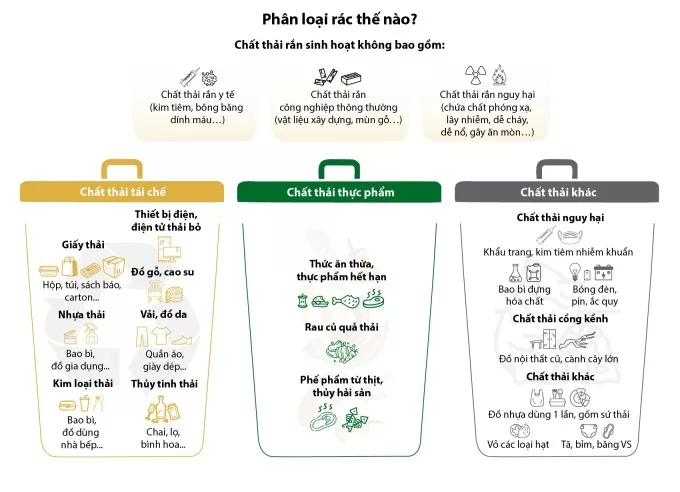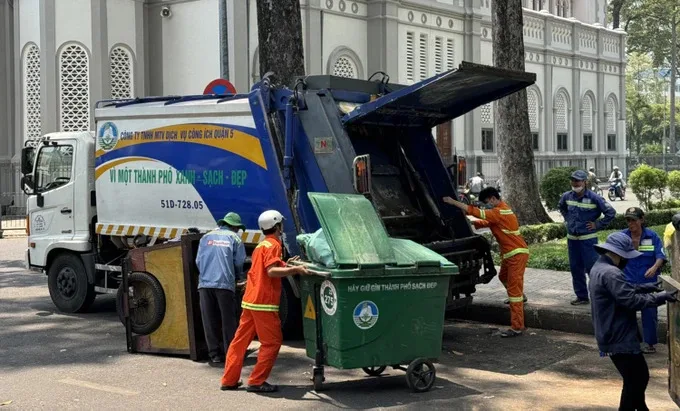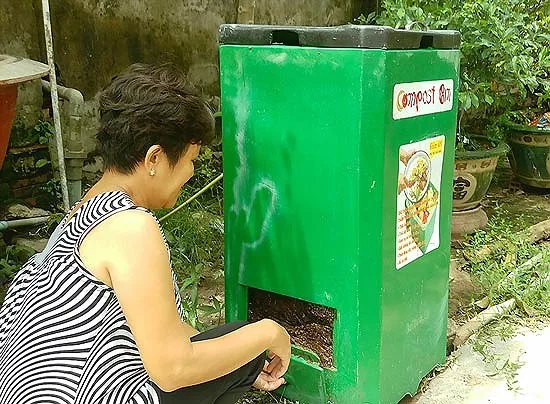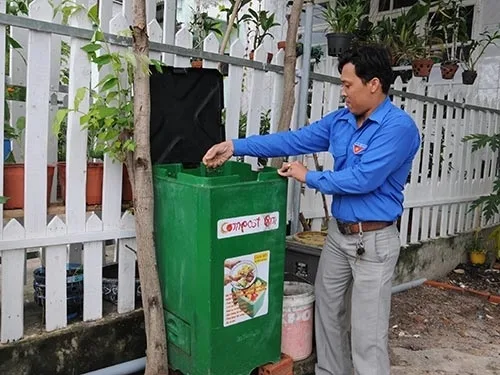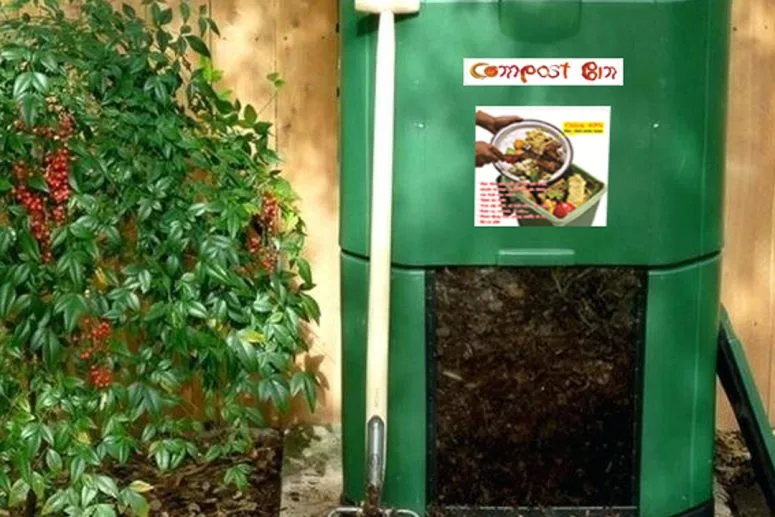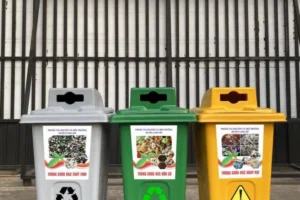
Waste sorting is time-consuming and no one likes to do it. Therefore, the invention of waste sorting bins has helped reduce a large part of the labor, transportation and processing costs. This is considered the leading and indispensable item in the waste sorting campaign.
Sorted trash cans are used when users intend to classify each type of waste into certain groups, such as: organic waste, medical waste, reusable waste, hazardous waste, etc. By classifying according to characteristic colors, symbols on the trash can, etc., users can identify the types of waste before throwing them in the bin.
Save on the number of sorting bins
So let’s do a little math first for if we invest in a trash can from the beginning, you will see that we are wasting a huge amount of money. Because the amount of waste is constant, however, because the waste is thrown in a mess and not sorted at the beginning, it leads to different sizes of trash overlapping each other, causing the trash to take up space.
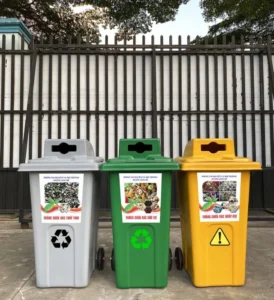
What if we use trash cans to classify trash? Trash will be classified according to the symbols and names on the classified trash cans as prescribed: organic trash cans, medical waste cans, inorganic trash cans, hazardous waste cans, etc. Thus, the garbage of the same group is classified to increase the area of the bin. So the number of classified trash cans will be significantly reduced thanks to the increased trash storage area.
Save on the number of sorting bins
Has anyone ever paid you to put your trash in the bin? No one has, but you can be fined for littering. We are encouraged and educated to throw garbage in the right place and sort it before putting it in the bin.
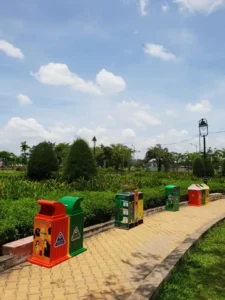
Relying on what is available is always free, so why don’t we take advantage of things that don’t require payment to create greater benefits? Waste classification will be much simpler when everyone works together, creating habits to classify waste before throwing it away will be thanks to investing in the right place, in the right place. Waste classification bins will change, creating habits of classifying waste right from the beginning.
If in normal times, the household trash bins have a uniform color without any symbols or color distinctions, then the garbage collector will form a habit and almost default to throwing garbage when seeing the trash bin. But if we change our attention with different colors and different symbols with the trash bins, the garbage collector will be attracted by the change, thereby forming reflexes. Initially, it is curiosity, wonder, and research, … gradually the habit of garbage classification will be formed.
Thanks to that, waste classification will save a huge amount of money when hiring workers to sort all kinds of mixed waste. As we all know, waste is divided into many types from organic waste (vegetables, tubers, fruits, …), recyclable waste (plastic bottles, glass cups, …), hazardous waste (batteries, broken light bulbs, …) … all must be sorted first if recyclable waste can still be recycled, hazardous waste must be brought to the right place to be destroyed to avoid environmental impact, … etc. to ensure and serve the next stages. We do not analyze in depth the following stages but let’s look back at the cost of hiring workers to sort waste and what is the purpose.
Diversify – Suitable for use
Trash bins for waste classification have been constantly improved into many different types to serve different purposes and areas for optimization. Currently, we can see basic types of trash bins such as 2-compartment trash bins, 3-compartment trash bins, 4-compartment trash bins, etc. Each type of bin above is made from many different types of raw materials: household trash bins made of composite plastic, HDPE virgin plastic, stainless steel trash bins, etc. with many beautiful designs.
Depending on the needs of different areas such as apartments, schools, parks, markets, etc., using appropriate trash bins creates urban aesthetics. Determining the right purpose helps save space and costs, avoiding wasting resources.
With all the benefits that a trash can brings, why don’t we put it at the top of our shopping list? Especially in the future, when laws require waste sorting at source, laws on costs for waste generated, etc., waste sorting at source is the best way to optimize costs. Buying any trash can is buying, so why not make it a “trash can” from the start?
